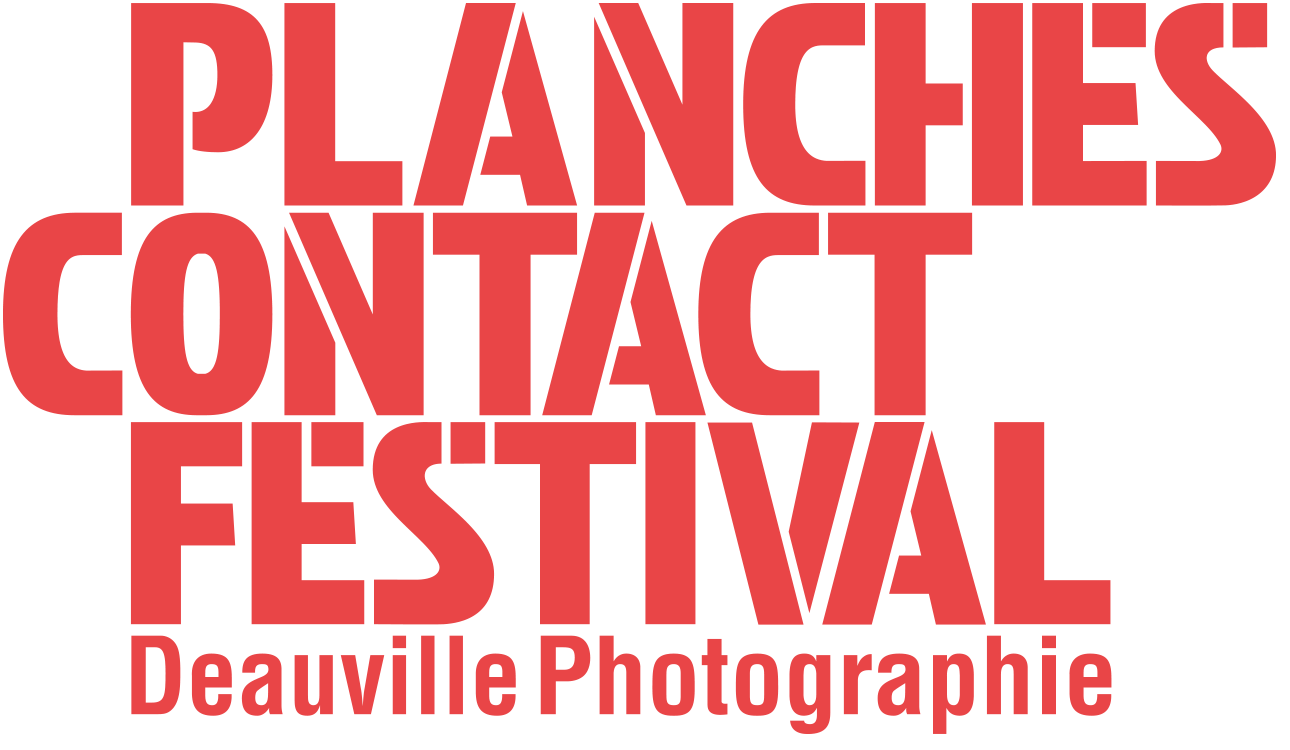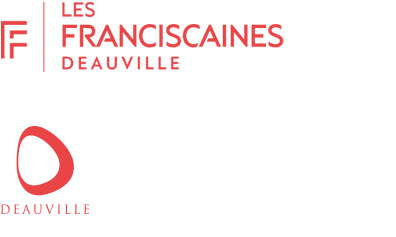
editorial
Deauville has an intimate and enduring relationship with images. From the beginnings of photography to the visual explorations of contemporary artists, the town has always been a source of inspiration: its streets, its beach, its lights and its landscapes make it a living backdrop, an open-air creative space.
Planches Contact Festival is the most vibrant expression of this relationship. Based on the principle of artistic residency, for more than fifteen years it has had a clear ambition: to make Deauville a place where photography is not only viewed, but also conceived, constructed and experienced.
Every year, established and emerging artists are invited to take a unique look at our region, to question its identity and reveal unexpected facets of it.
Their creative freedom is our greatest asset.
Mayor of Deauville & President of Les Franciscaines
The new edition of the Planches Contact Festival opens in Deauville under the banner of intimacy, a theme that resonates with the very vocation of photography: to capture the invisible, to reveal what is at play behind appearances. From the way we look at ourselves to the way we look at others, this year's exhibition explores the many forms of closeness, relationships, tensions and silence - in private spaces as well as in the landscape, in the body as well as in memory.
This year, the festival welcomes two major figures from the international photography scene, with both a retrospective exhibition and a residency in Normandy:
Arno Rafael Minkkinen, master of the body-landscape, delivers a visual meditation in which the naked body becomes a vanishing line between the self and the world.
Lin Zhipeng (No. 223), a leading figure in contemporary Chinese photography, reveals a joyful, erotic and colourful intimacy captured during his wanderings in Normandy.
Between established photographers and new voices, between radical black and white and sensual chromaticism, the 2025 edition of the Planches Contact Festival composes a multifaceted narrative of intimacy, on a human scale. An invitation to enter the images as if entering a room, a landscape or a private conversation.
Lionel Charrier & Jonas Tebib
Artistic direction of the festival
Come to Les Franciscaines, on the seafront and throughout the town of Deauville to celebrate photography until 4 January 2026.
News

Participez au workshop de Julien Magre : Deauville intime
Du vendredi 5 au dimanche 7 décembre prochain, le Planches Contact Festival propose un workshop de Julien Magre, photographe lauréat du Prix Niépce 2022. 3 jours d’immersion autour de la...
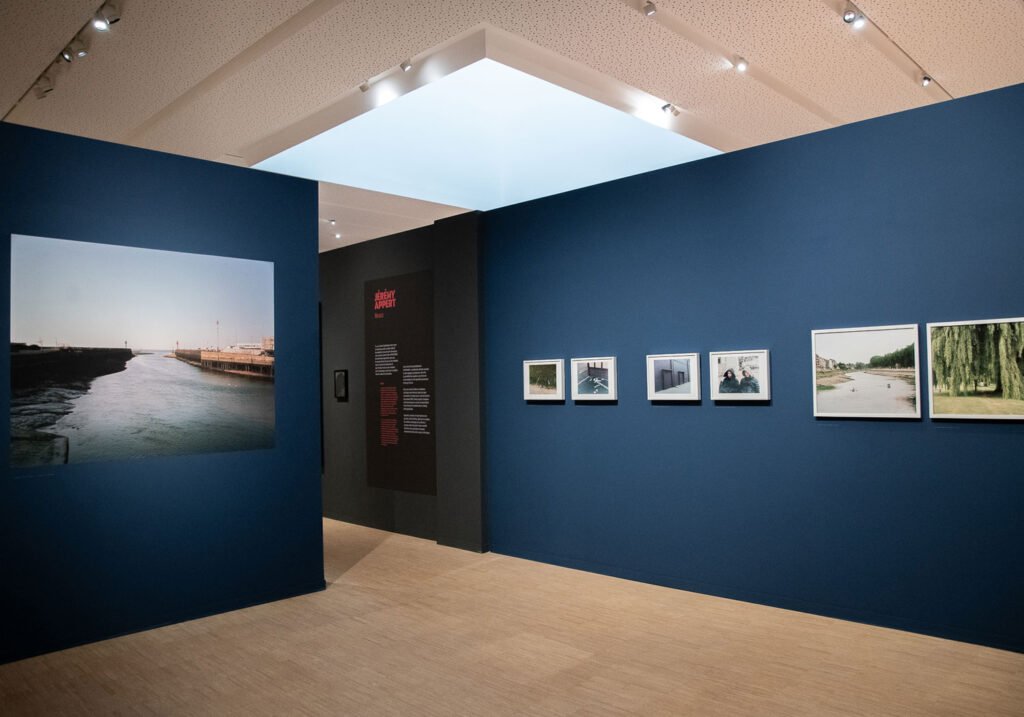
Call for applications now open
Planches Contact Festival lance son appel à candidatures pour le Prix de la Jeune Création Photographique 2026, ouvert aux photographes de 18 à 35 ans (inclus). Ce prix a pour...
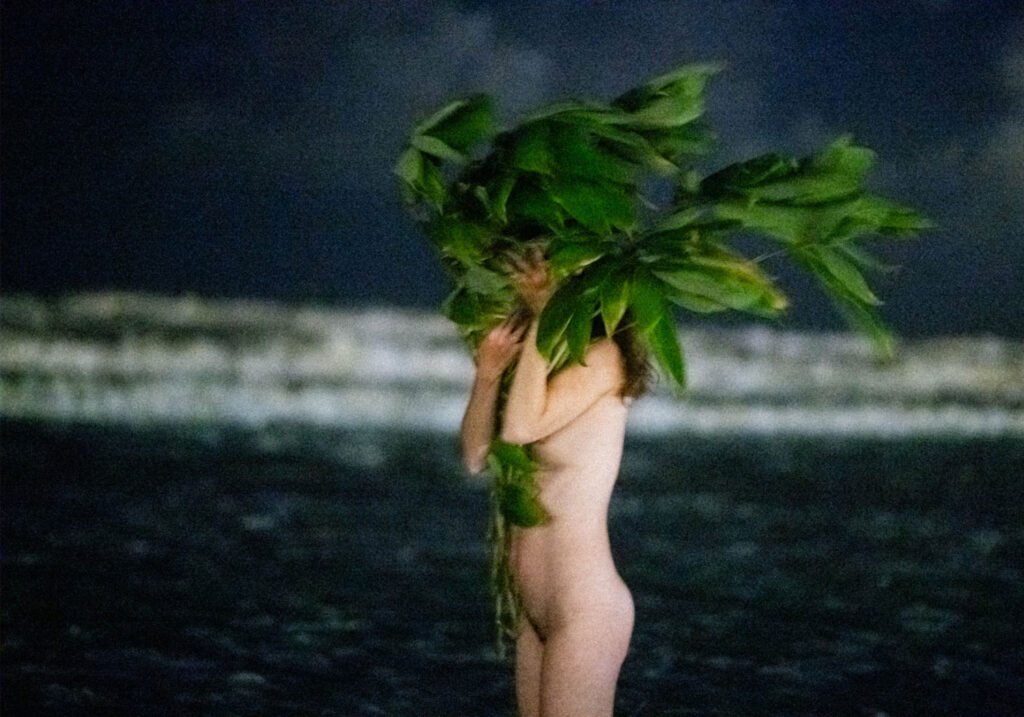
Naïade Plante lauréate du Prix de la 25e Heure
Ce dimanche, à midi, dans la somptueuse Chapelle des Franciscaines, le jury du Planches Contact Festival a dévoilé les résultats tant attendus du Concours Photo La 25e heure Longines.Devant une...
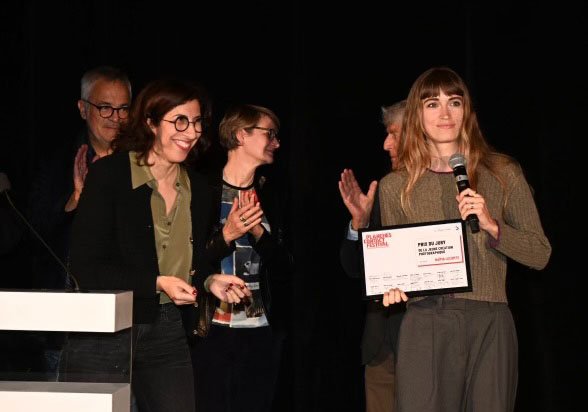
Prix du Jury de la Jeune Création 2025: Naïma Lecomte
Le jury du Planches Contact Festival 2025, présidé par Rima Abdul-Malak, ancienne ministre de la Culture, a décerné le Prix du Jury de la Jeune Création Photographique à Naïma Lecomte.Son...
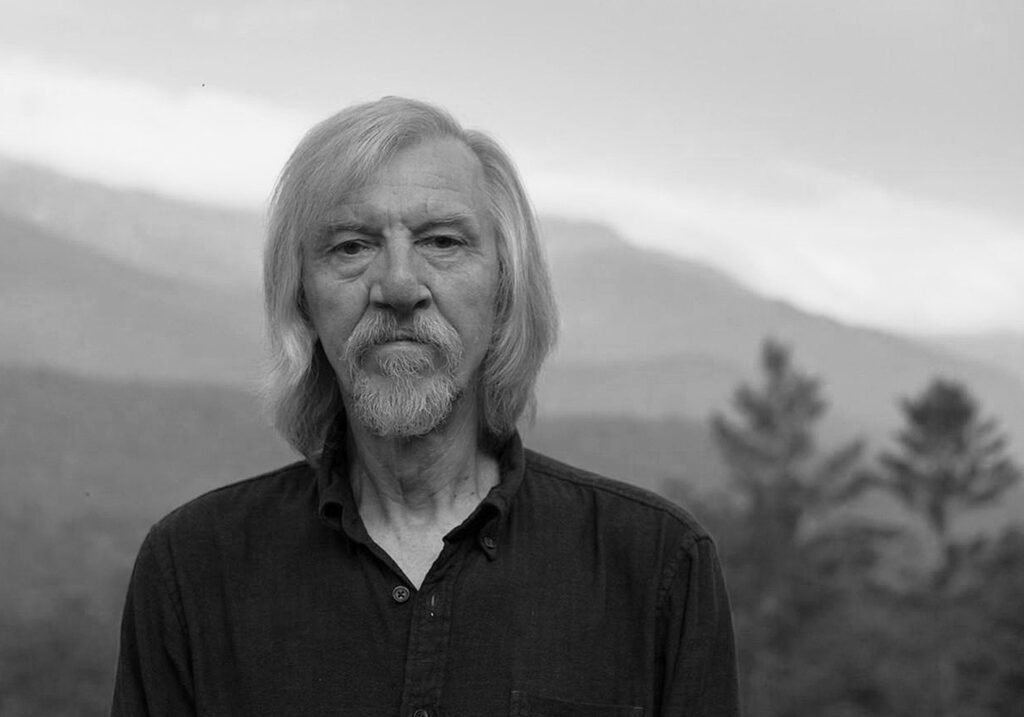
International recognition
Arno Rafael Minkkinen, winner of the Photography Prize of the Académie des Beaux-Arts - William Klein 2025. International recognition for an artist celebrated in Deauville as part of the Planches...
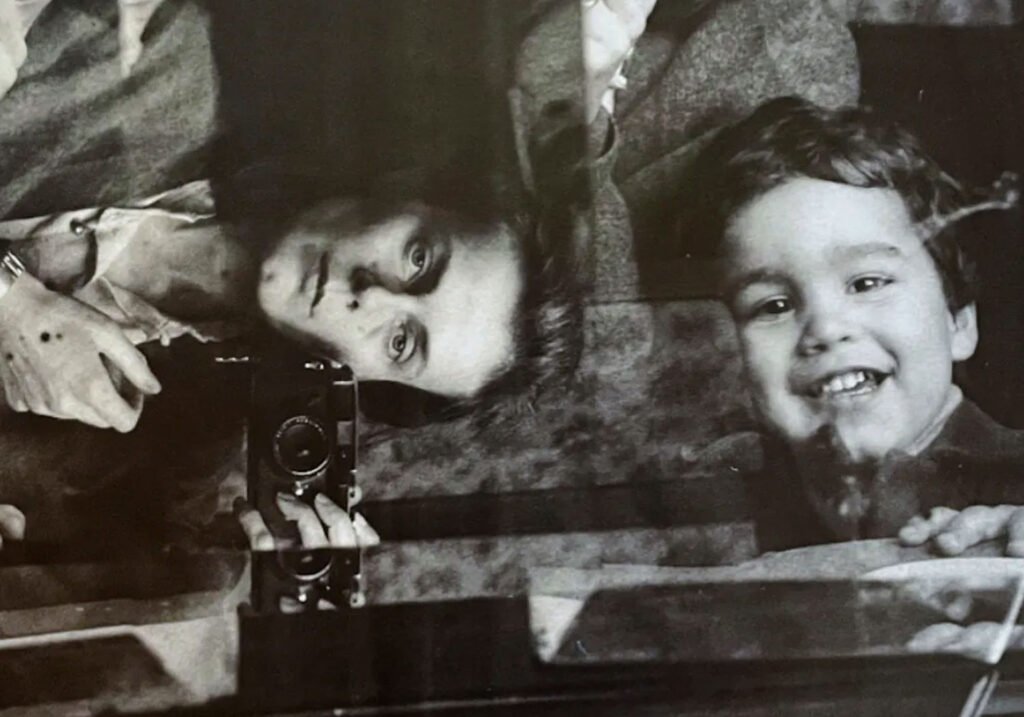
An eventful edition
Discover all the festival events: the opening weekend, the cabaret show, the Longines 25th Hour photo competition, meetings, performances. A rich programme until the end of...
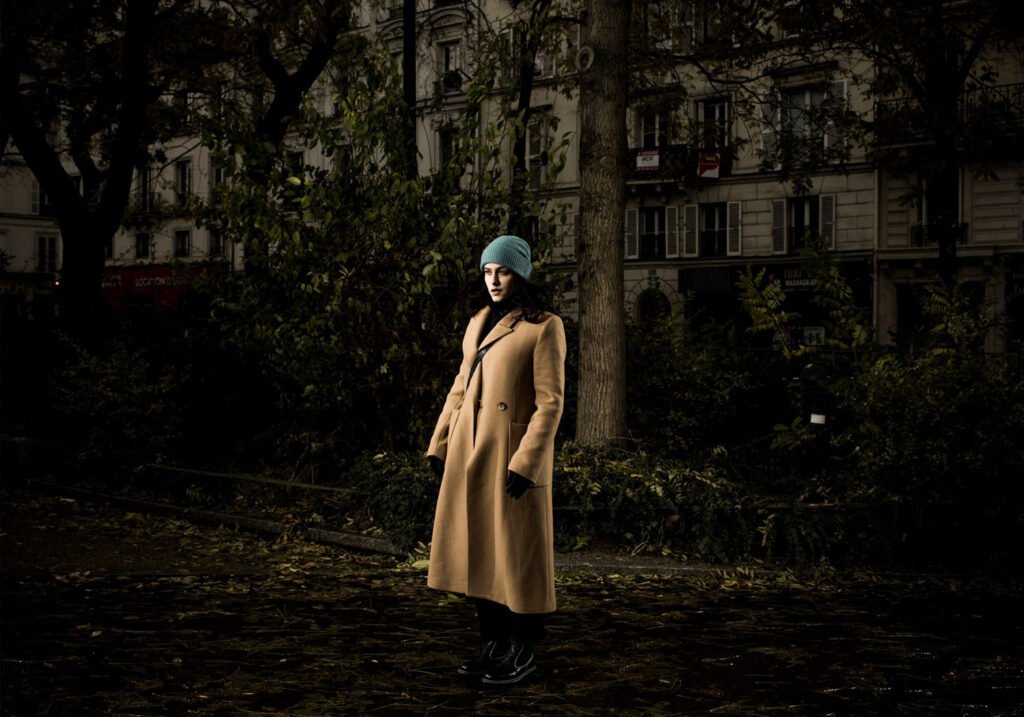
Planches Contact Workshops
Planches Contact Festival is offering three workshops this year as part of its 16th edition. With photographers Frédéric Stucin and Julien Magre, two guest artists in residence, and Jean-Christophe Béchet...
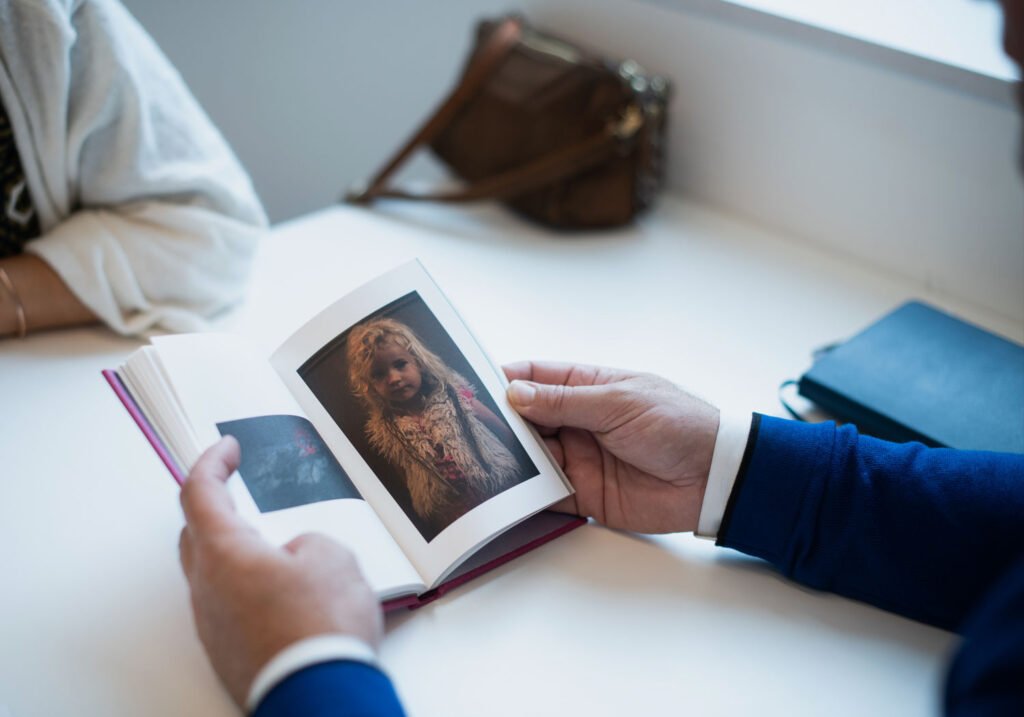
Portfolio reviews
Portfolio reviews will take place on 24 and 26 October at Villa Namouna in Deauville. Registration is now open! Portfolio reviews offer photographers, beginners...
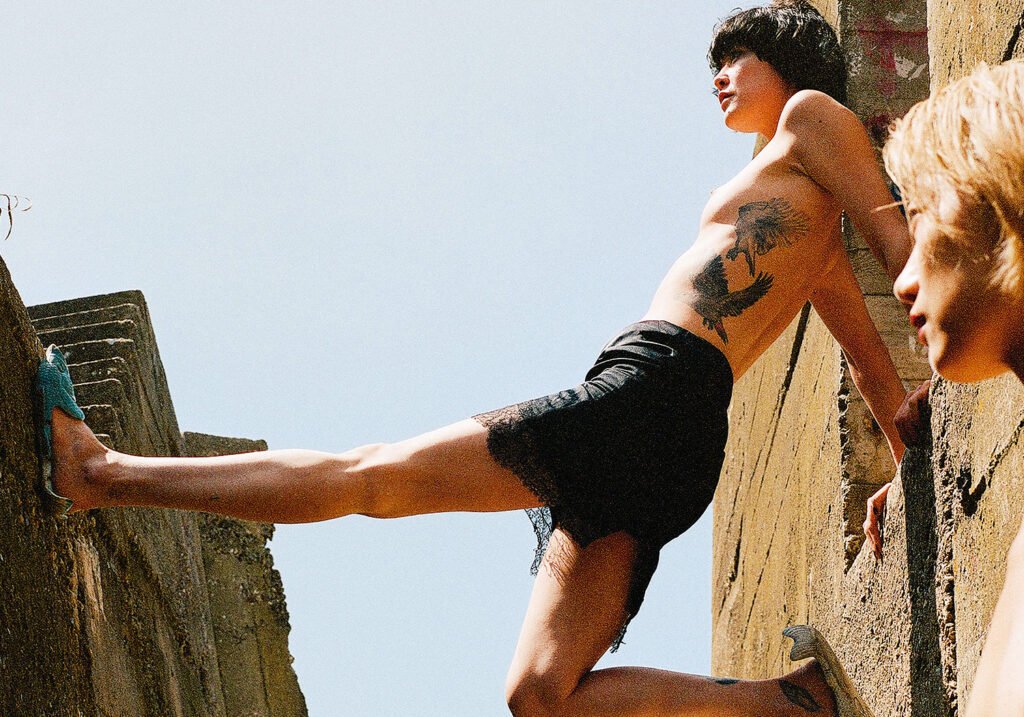
Discover the 2025 poster
L’artiste chinois Lin Zhipeng (N°223) signe l’affiche de cette nouvelle édition de Planches Contact Festival. Une prise de vue réalisée pendant sa résidence de création à Deauville. L’intimité au cœur...
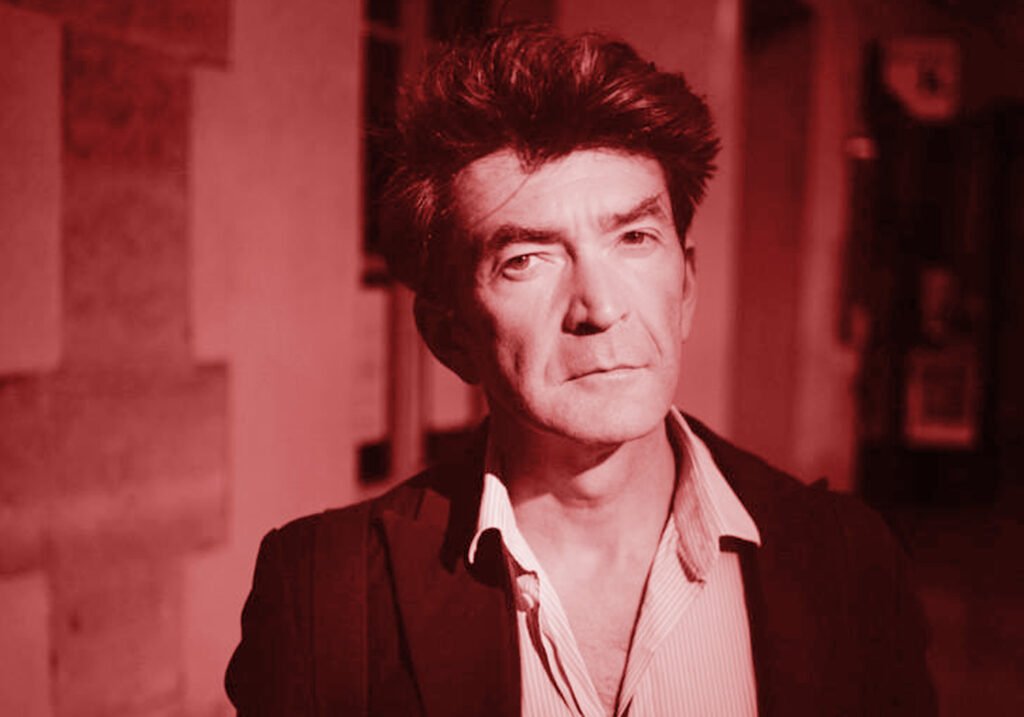
ROUND TABLE
5.30 pm - 6.30 pm
_
As part of the programme for the opening week of the Rencontres d'Arles, Lionel Charrier, co-artistic director of Planches Contact Festival, will moderate the...
Planches Contact Festival offers support to photographers from the inception of their projects through to the development of exhibitions.
Exhibitions
Face to Face
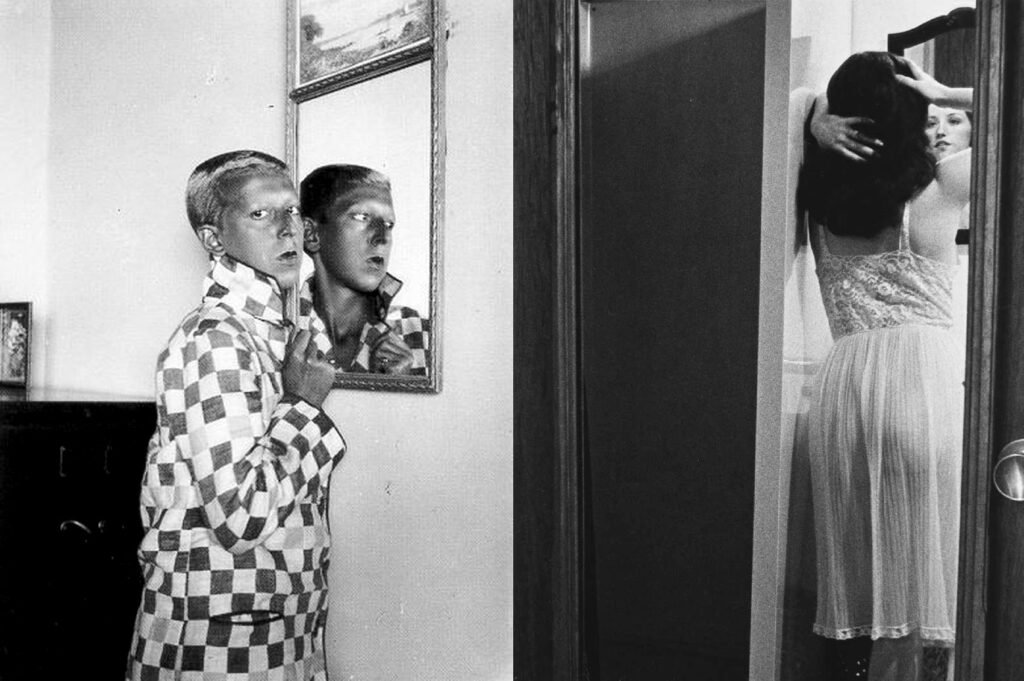

Le Théatre de l’intime
_
Claude Cahun and Cindy Sherman, although separated by time and cultural contexts, share an artistic approach based on self-staging and a profound questioning of the notion of identity and intimacy.
A surrealist photographer and writer born in Nantes in 1894 and died in Jersey in 1954, Claude Cahun was a pioneer of self-portraiture. A militant and avant-garde artist, she explored questions of identity and gender by staging herself in multiple forms, mixing cross-dressing and ambiguity, blurring the boundaries between masculine and feminine.
An American photographer and visual artist born in New Jersey in 1954, Cindy Sherman explores identity, gender and social roles through fictional self-portraits. Through cross-dressing and staging, she deconstructs social and cultural stereotypes, creating characters that question the norms and expectations imposed by society.
Hors-les-murs residence
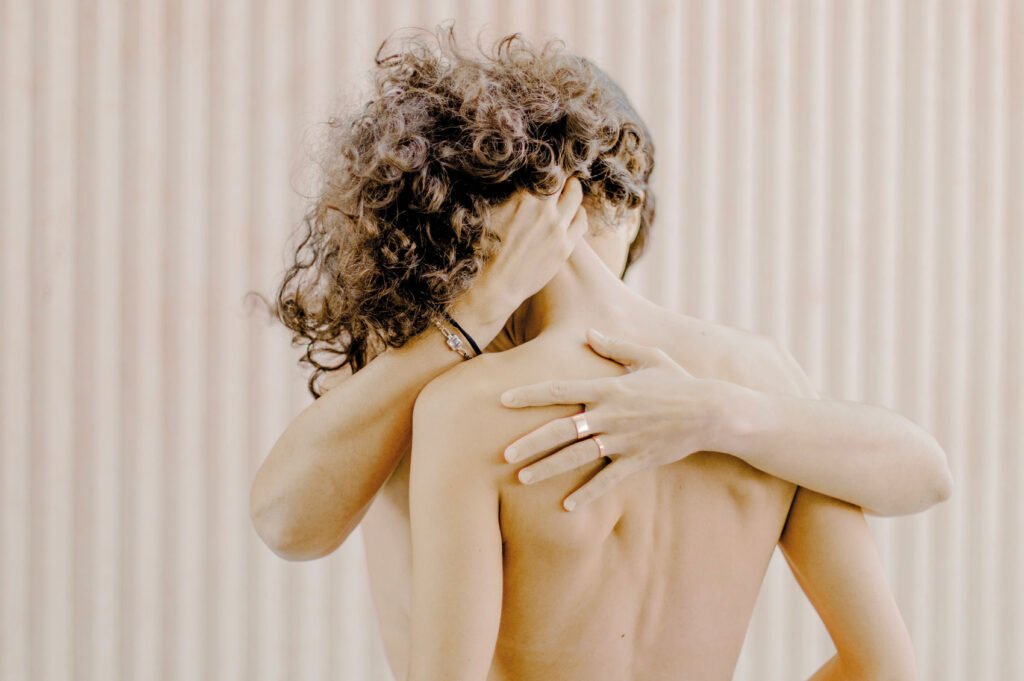

Still Looking for Tenderness
_
As part of the festival, photographer Myriam Boulos is leading a creative residency based on this year's theme: intimacy. Produced outside the walls, from Beirut, this work is a continuation of her commitment to Lebanese youth, which she has been documenting for several years through a sensitive exploration of intimate life in a territory marked by omnipresent war.
The exhibition will present these previously unseen images as well as a selection of photographs from her monographic book What's our related to intimacy.
Guest artists in residence
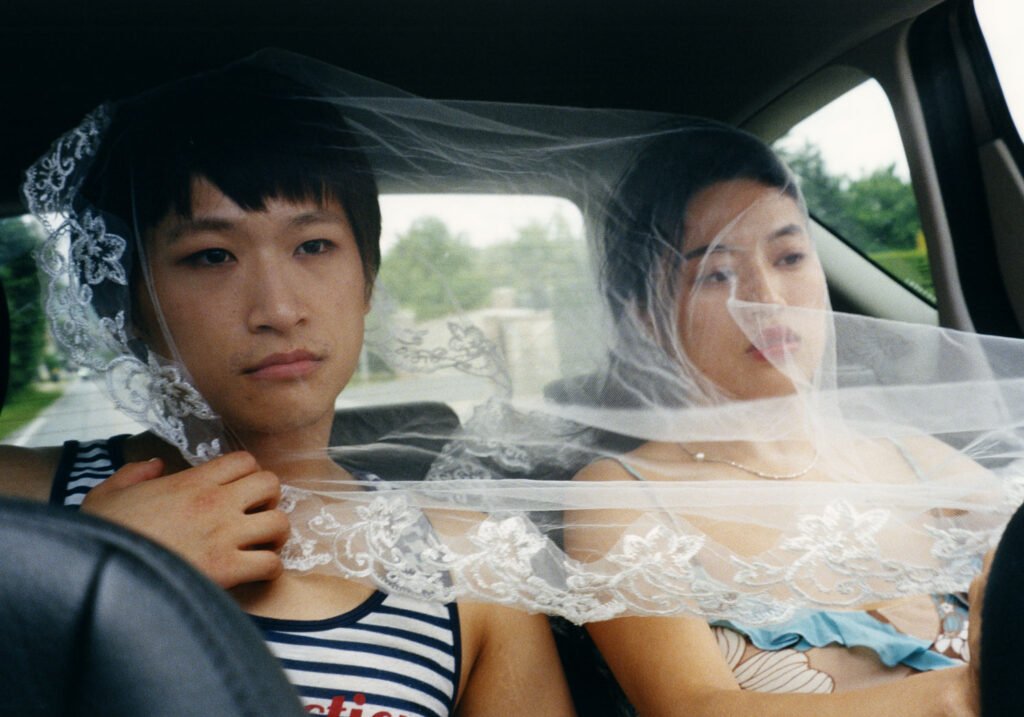

_
Lin Zhipeng, known as No. 223, accurately captures contemporary urban youth through spontaneous, intimate and sensual photographs. His gaze, both provocative and delicate, captures a generation in search of emancipation, love and freedom.
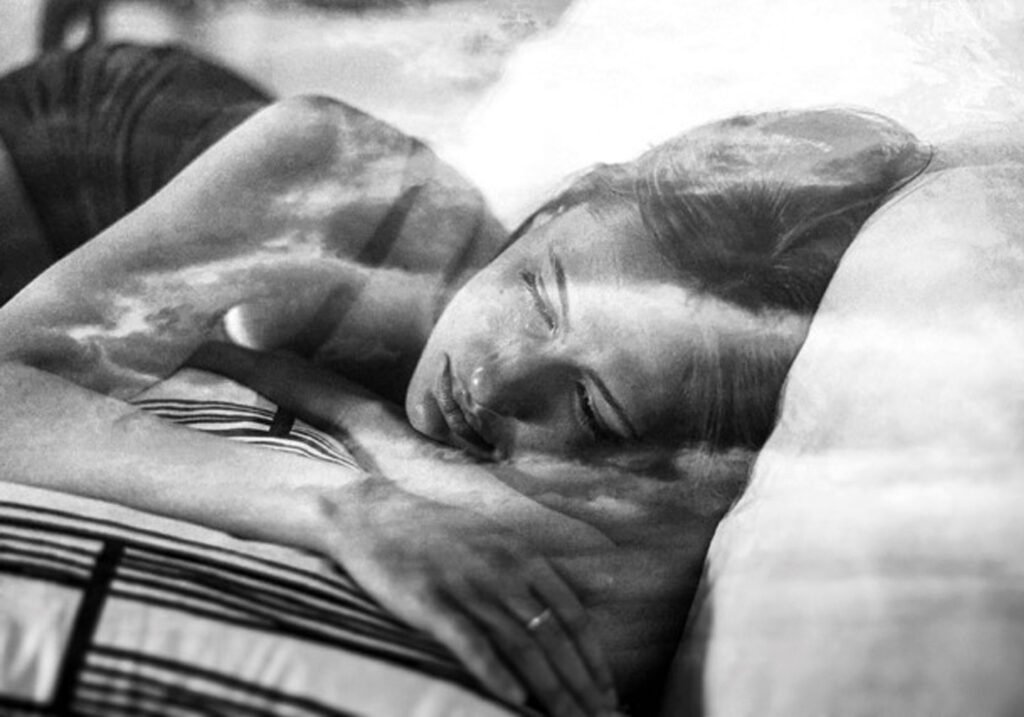

_
Carline Bourdelas' photographic work delicately and poetically explores the states of the human soul. Through her images, she addresses the themes of loneliness, silence, childhood and femininity with great sensitivity.
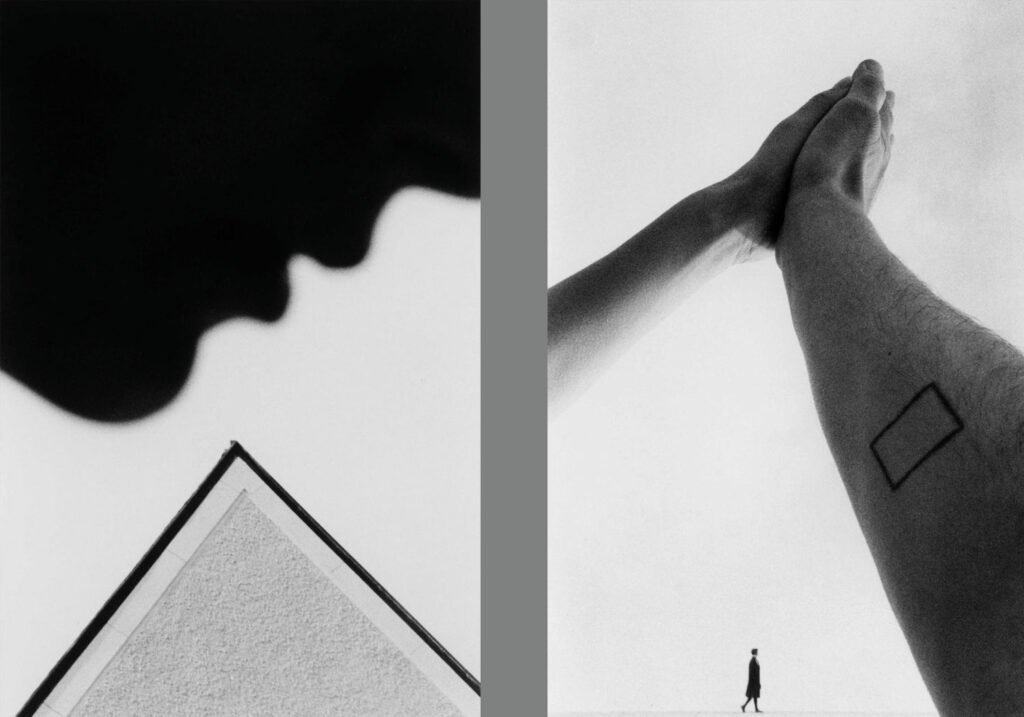

_
Renato D'Agostin has developed a unique approach to photography, based on the very substance of the image: its grain, texture and density. Each print thus becomes a sensitive object, conveying an intimate narrative.
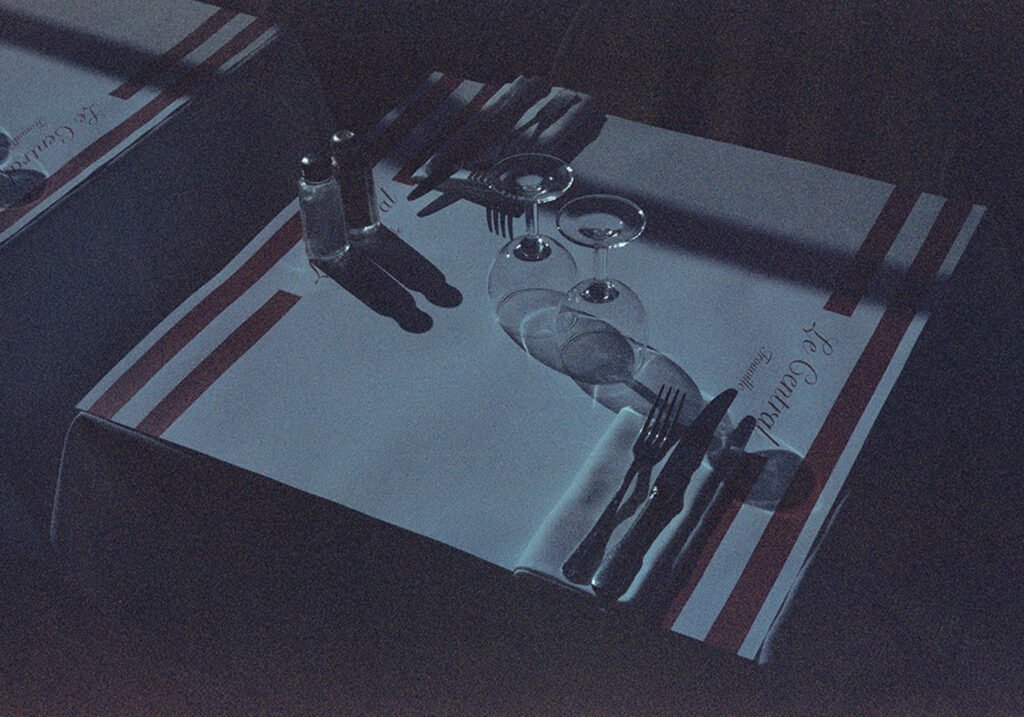

_
For more than twenty years, Julien Magre has been poetically exploring the contours of intimacy, particularly through images of his family life. An intimacy that is constantly evolving, shaped by the passing of time.
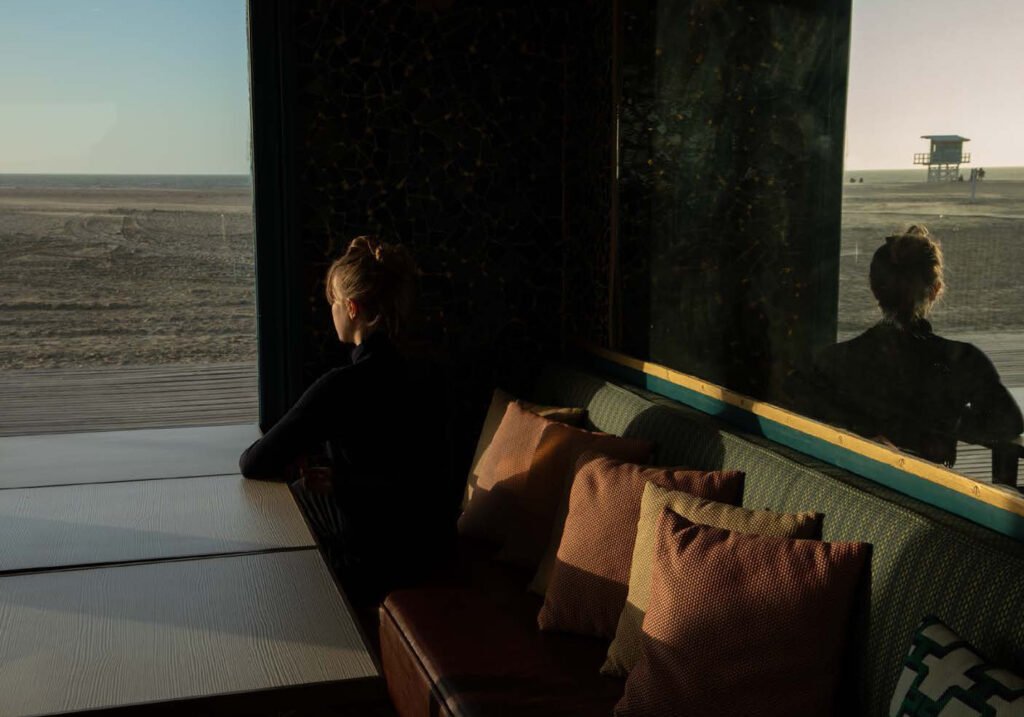

_
An artist with a conceptual and experimental approach, Anna explores the boundaries between photography and video, between urban space and landscape. She questions fundamental oppositions — interior/exterior, light/darkness, transparency/opacity — to better reveal areas of ambiguity.
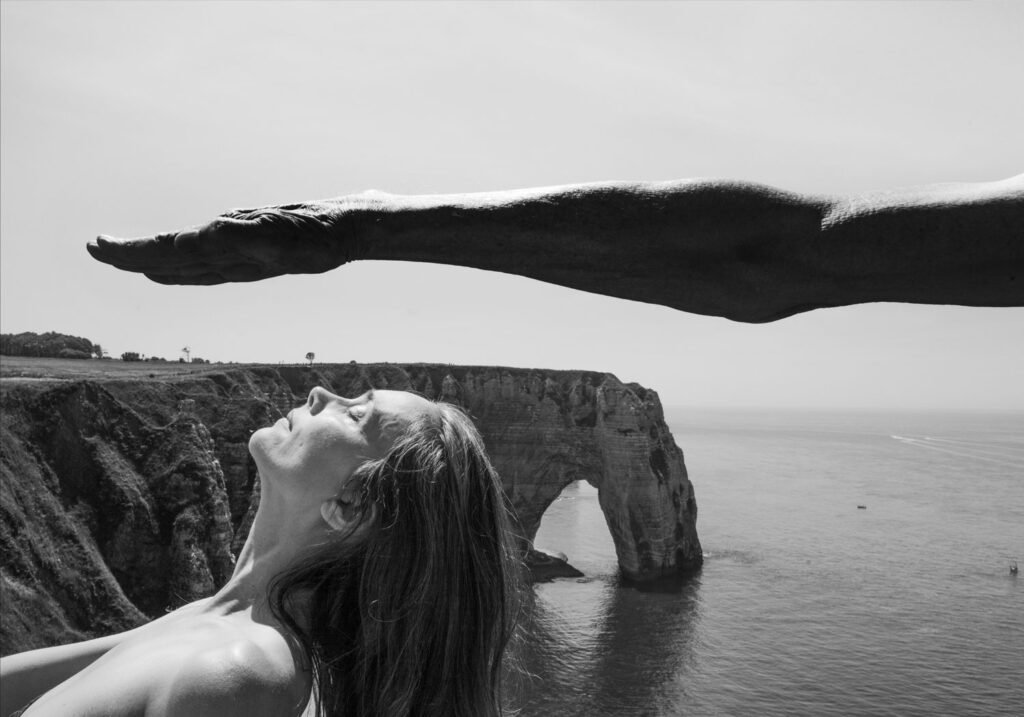

_
A photographer renowned for his unique and introspective work, Arno Rafael Minkkinen has been exploring the themes of identity, the body and the profound relationship between humans and nature for over fifty years. His work, rooted in the aesthetics of black and white film photography, is distinguished by the recurring use of his own body, integrated or concealed within the landscape, in constant interaction with the natural elements.
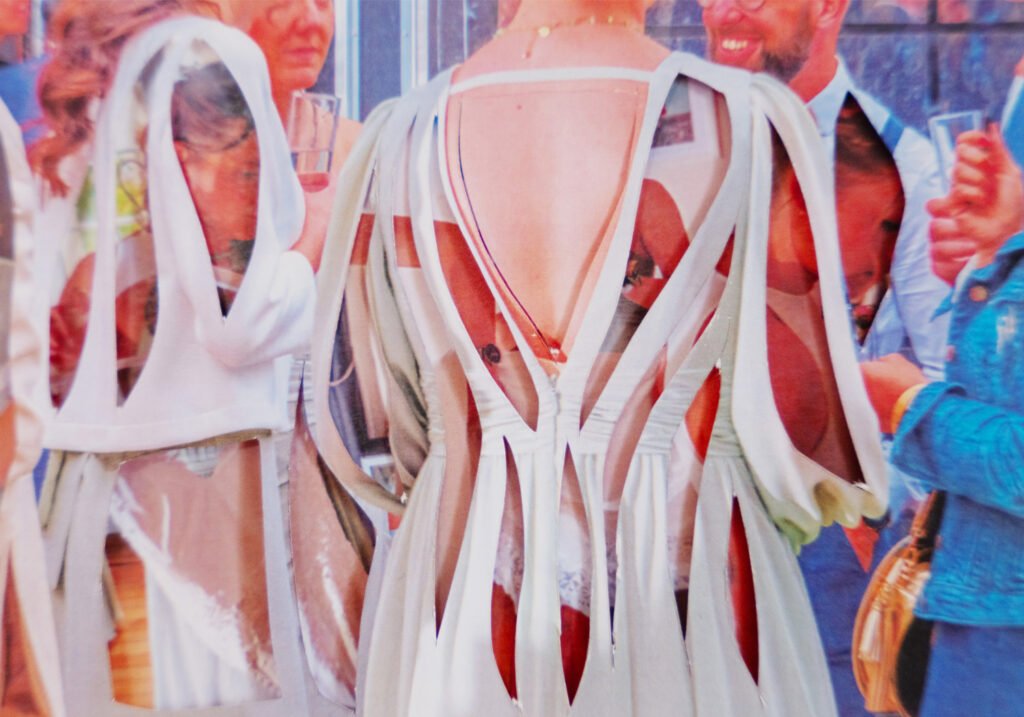

La Belle au bois Normand
_
Henrike Stahl creates a rich and abundant photographic universe. For this residency, she chose to take on the myth of the princess, anchoring it in contemporary reality. Living at times in the outbuilding of an old castle in Normandy, she became interested in today's lords and ladies of the manor, seeking out their modern faces.
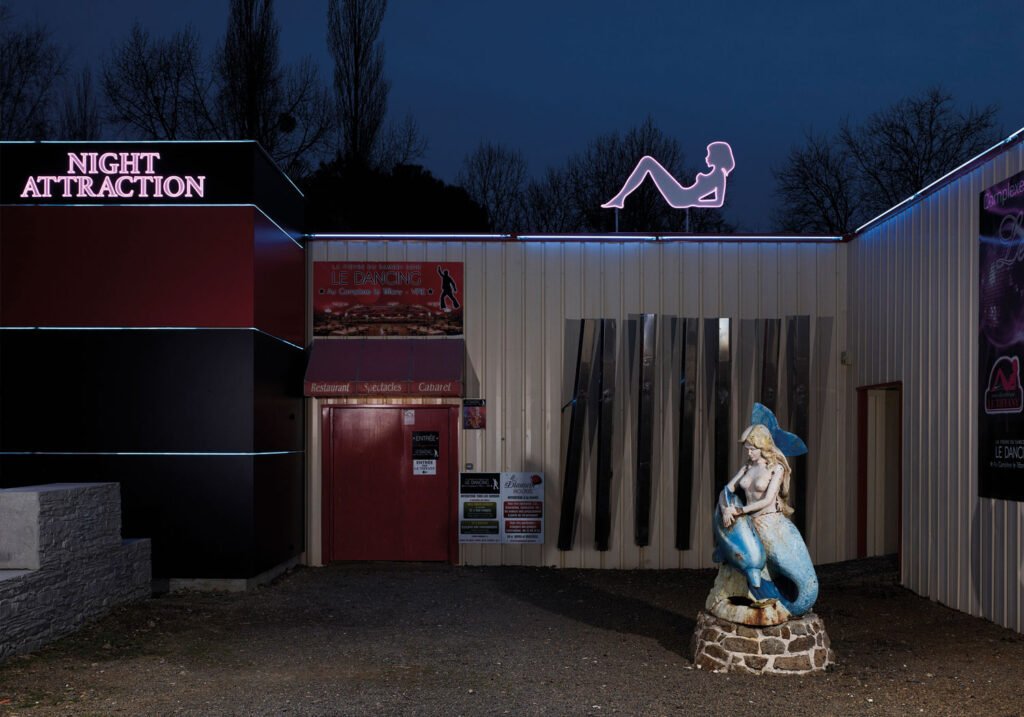

_
From the famous Cancan — soon to be listed in the national inventory of intangible cultural heritage — to cabarets campaigning for LGBTQIA+ rights, via the contemporary drag scene, cabaret has remained, since the 19th century, a space of freedom, subversion and creativity deeply rooted in French culture. A place of spectacle, transgression and conviviality, it continues to embody a theatre of possibility.
Planches Contact Festival believes in what young photographers have to say, show and invent! We give them the means to do so.
Young Photographic Creation Award
Since its inception in 2010, the festival has demonstrated a strong commitment to young photographers. Each year, following a call for entries, several artists are selected by the festival jury to develop a new project related to the Normandy region. They receive support throughout the process and benefit from conditions conducive to research, creation and production. Their works are then presented as part of the festival and compete for the Jury Prize and the Audience Prize, which are awarded in the autumn.
The winners of the Young Photographic Creation Award


Nexus
_
The muscular body as an injunction to conform to one's self-image. Long considered old-fashioned, the gym is now a place of convergence that appeals to an increasingly wide audience. A theatre of self-construction, but also of social interaction, Jérémy will focus his attention on these places where leisure, dreams, frustrations, pleasure and pain intersect.
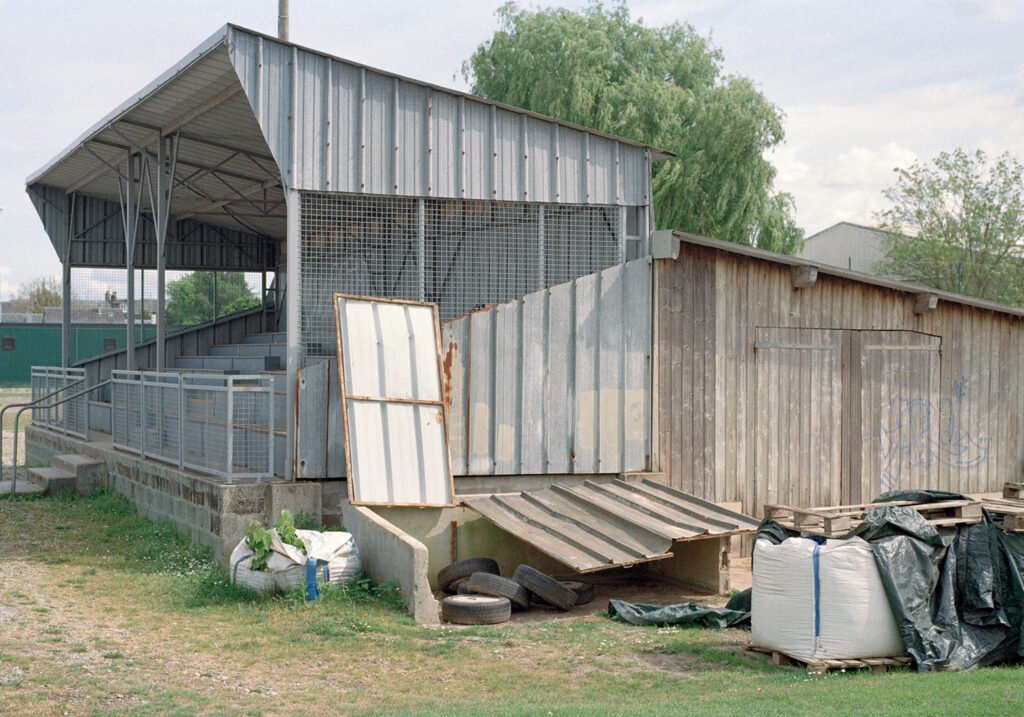

_
Attracted by the world of amateur football, Simon decided to work on the cultural and social imprint of a region that saw the birth of the first French football club in Le Havre. From the football pitches of small towns to the Michel d'Ornano stadium in Caen, his photographic work will focus on this popular and unifying local sport.
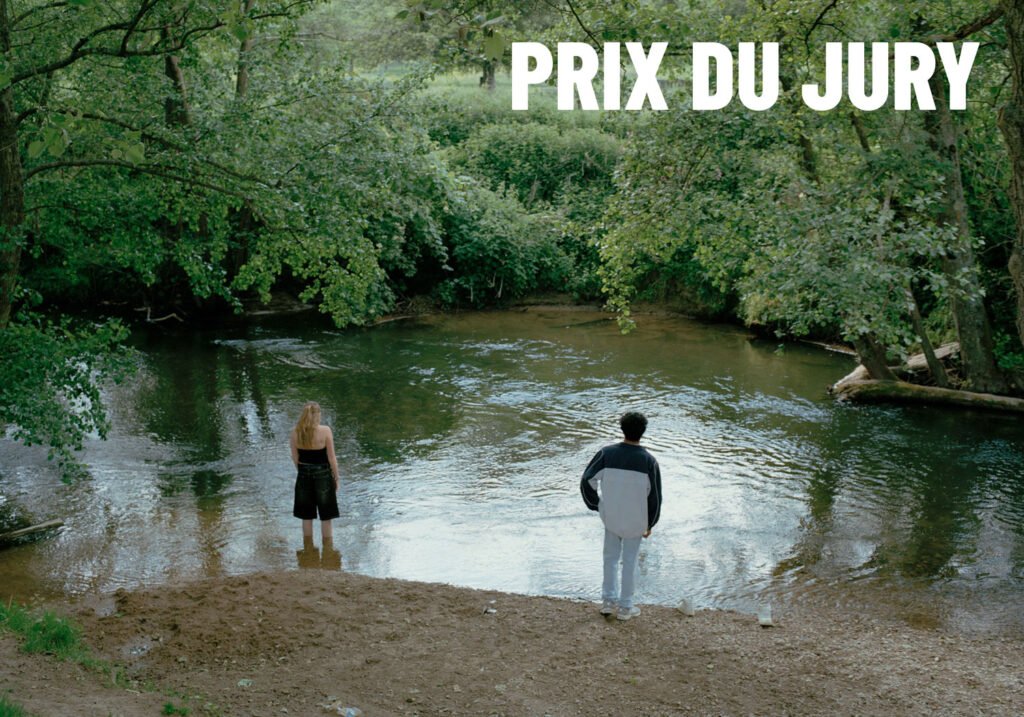

_
Motivated by a desire to discover, understand and share different ways of life, Naïma chose to follow the Touques, a river that crosses the land before joining the sea, separating Trouville and Deauville. Walking along its banks, she explores the landscapes, neighbourhoods and human presence along its course.


_
The rural world and in-between territories are at the heart of Anaïs' work. Les filles du coin (The Local Girls) is a documentary project that focuses on young girls who are neither from big cities nor completely from the countryside. It is a photographic exploration of the daily lives of these teenagers who are trying to build an identity for themselves in these interstitial areas and who are thinking about building their future.
young photographers prize: a redesigned springboard
The Tremplin Jeunes Talents is to become the Prix de la Jeune Création Photographique. More than just a name change, this is an in-depth overhaul of the scheme that will be rolled out over the long term. From next year onwards, the Prize will be aimed at 18-35 year olds, to further affirm the festival's support for emerging artists and to accompany young photographers at a decisive stage in their professional careers.
The Jury
Alongside Rima Abdul Malak (President of the Jury), Philippe Augier, Babeth Djian, Édouard Carmignac, Lionel Charrier, Thierry Grillet, Alain Genestar, Marin Karmitz, Anne Lacoste, Nicolas Jimenez and Jonas Tebib, the festival jury welcomes three new members:
Philippe Guionie, Director of Villa Pérochon, Caroline Stein, Curator of the Neuflize Collection and Cécile Trunet-Favre, Director of Communications, Public Affairs and Cultural Action at Fnac Darty.
Our partners
La Fnac, loyal partner is stepping up its commitment by supporting the Prix de la Jeune Création Photographique. As well as an exhibition at the InCadaqués, the winner of this year's Jury Prize will be awarded a residency at la Villa Pérochon, Centre d’art Contemporain Photographique in Niort.
These changes mark a further step in the festival's commitment to supporting creative work, particularly young contemporary photography.
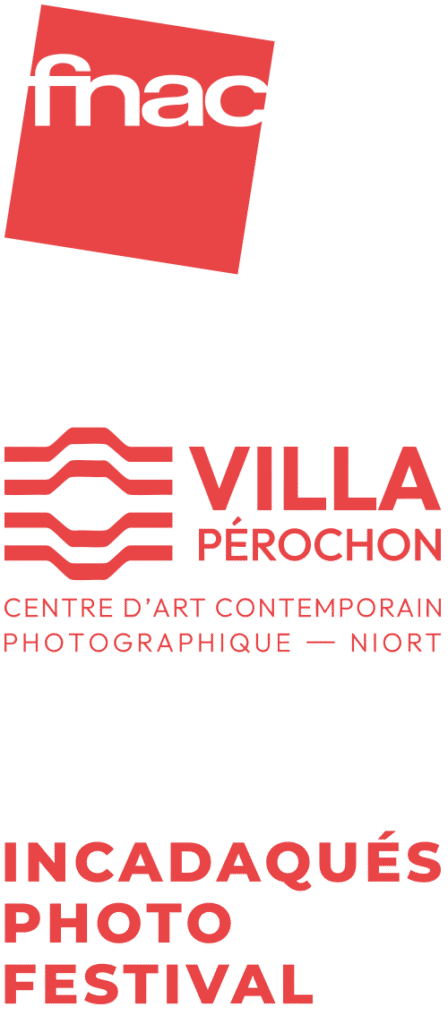
The Planches Contact Festival exhibitions take over Deauville, from the seafront to the sumptuous setting of Les Franciscaines, from October to December.
photo4food grant
Créée par Olivier et Virginie Goy et abritée par l’Institut de France, la fondation
photo4food's mission is to fund meals for the most disadvantaged through the sale of photographs donated by artists and donations from the public. To thank and encourage the artists involved, the foundation promotes their work to a large community of enthusiasts and buyers by organising exhibitions.
Initié en 2020, le partenariat entre le Festival et la fondation permet chaque année d’élargir le nombre de photographes invités en résidence, enrichissant ainsi la programmation du Festival.
The winners of the photo4food grant


_
A multidisciplinary artist, he explores memory through photography and video, in connection with history and literature. His work addresses themes such as the Holocaust and colonialism. He has received several awards for his books, films and exhibitions.


A balcony overlooking infinity
_
Influenced by surrealism and straight photography, his gaze is characterised by an ambivalence between intuition and reflection that questions the meaning of appearances and our perception of reality.


_
Blending photography and painting in a poetic and ecological approach to nature, his compositions of flowers, fruits and landscapes evoke living paintings and celebrate the beauty of reality.


Memoryscapes
_
Exploring the intimate and sensory memory of the landscape through a sensitive photographic approach, she uses the manual gesture of collage in her studio to transform collected materials into fragmented, imaginary narratives. Her works question the fragile poetry of the world and the ephemeral nature of existence.
Art serving others
The photo4food foundation, created by Olivier and Virginie Goy and hosted by the Institut de France, aims to fund meals for the most disadvantaged through the sale of photographs donated by artists and public donations. At the same time, the foundation promotes these artists by showcasing their work to a large community of enthusiasts and buyers, particularly through the organisation of exhibitions.
This partnership embodies how photography can become a driving force for solidarity, supporting both artistic creation and concrete actions to help the most vulnerable.
The Jury
The photo4food jury is composed of: Arnaud Adida, Akrame Benallal, Simon Brodbeck, Lucie de Barbuat, Emmanuelle de l’Ecotais, Isabelle Juy, and Jonas Tebib.
Launch of the generous shop
In 2025, the foundation hopes to give new impetus to this wonderful initiative by launching a Boutique Généreuse (Generous Boutique) at the heart of the festival. The principle is simple and faithful to the spirit of the foundation: to offer original, framed and certified prints by artists at a single price of €200. All proceeds from sales will be donated to the Red Cross. These works can be purchased online at www.fondationphoto4food.com and delivered directly, ready to hang or give as a gift. Each print comes with a Collection certificate. photo4food pour la Croix-Rouge, précisant l’artiste, l’œuvre et ses caractéristiques.
Don't hesitate!
Treat yourself to something special...
and offer hope!
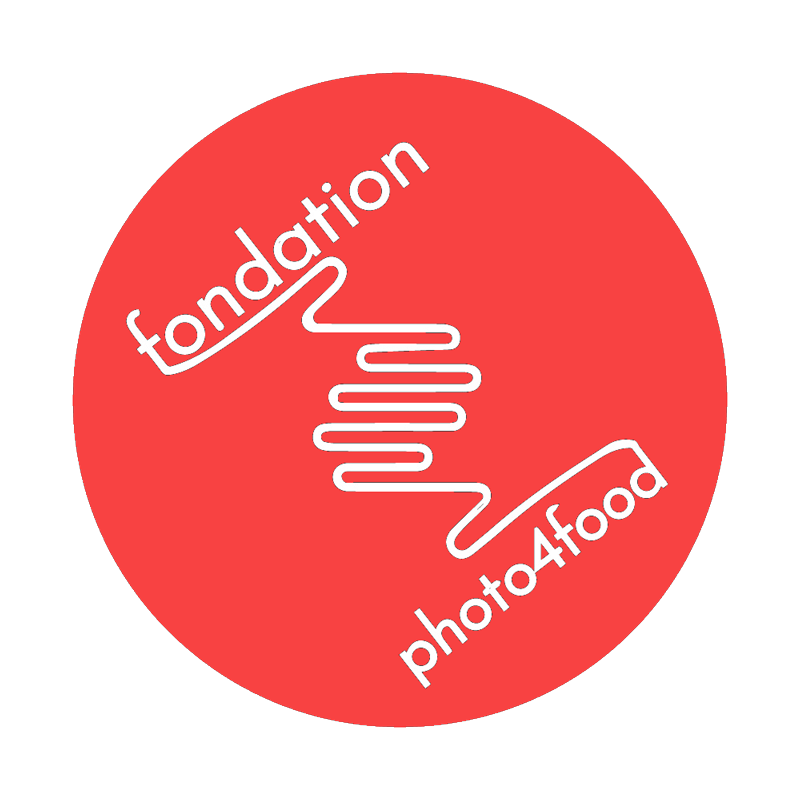
Planches Contact Festival has held 16 editions, exhibited 170 artists, hosted 78 days of exhibitions per year, displayed over 600 works in 2024, and welcomed thousands of visitors each year.
